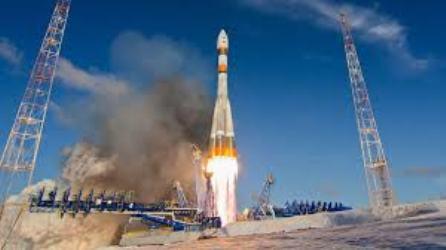The satellite Dousti (Friendship) created by the Sharif University of Technology, will be launched in the second half of the Iranian year, which began last March 20. This is what the director of the ISA, Iranian Space Agency, Mohsen Bahrami communicates.
The second satellite, the Tolou (Alba), followed by a third, will be launched next year. According to the Iranian Communications Minister, Mahmoud Vaezi, remote sensing satellites with environmental applications will be placed in orbit. The last Iranian satellite successfully launched in February last year was the Fajr (Aurora). Equipped with GPS navigation, the fourth satellite built at home began transmitting data to the two ground stations.
Iran has put its first satellite built at home into orbit, Omid (Hope) in the 2009, followed by the Rasad (Observation) in the 2011 and the experimental satellite Navid-e Elm-o Sanat (Herald of Science and Industry) in the 2012.
The announcement of the Iranian Space Agency was not well received by Israel and the United States. The two countries fear it may be a cover, considering that space technology shares some of the main systems used in the military projection system. The Iranian Space Agency, according to Israel and the United States, would act as a cover to improve Iran's intercontinental ballistic technology, banned by the United Nations and in recent nuclear agreements. The State Department merely reiterates the long-standing concerns, shared by the international community, with the development of Iranian ballistic missiles.
Last April, Iran launched a new rocket, made in part by using North Korean missile technology, potentially capable of carrying a nuclear payload. The rocket Simorgh, perhaps launched from the base of Semnan, about 125 miles east of Tehran, would not have put any satellite into orbit. The Simorgh (Safir-2) would exploit the know-how acquired by North Korea for a technology widely used in Iranian missile Shahab-3.
(photo: IRNA archive)












